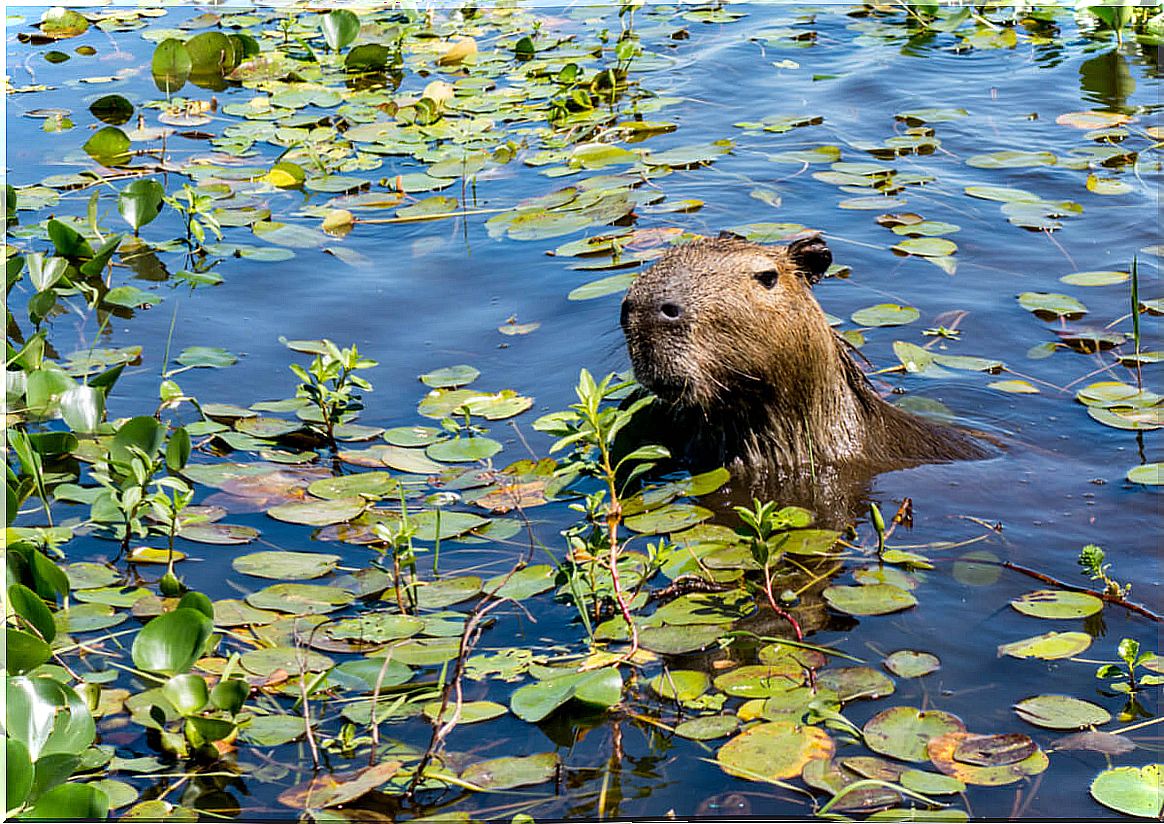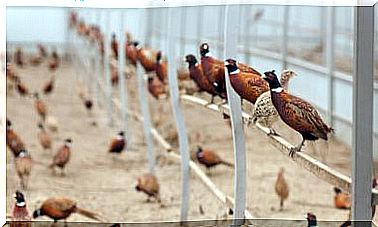The Disappearance Of Wetlands: Why It Happens And What Consequences It Has

Wetlands are one of the most ecologically valuable ecosystems on Earth. However, they are in constant decline, due to climate change and the expansion of the industry for human use. Unfortunately, an estimated 15.3 billion trees are lost annually each year, representing the current ecosystem decline.
Why do wetlands disappear? What consequences does this have on the present and the future of society and biodiversity? What can we do to prevent it? We will answer these questions and many more in the following lines.
Wetlands: very valuable ecosystems
Wetlands are those ecosystems that are periodically or permanently flooded with shallow water. The low level of the waters allows all kinds of plants to establish themselves in them, which in turn are home to enormous animal diversity.
The importance of wetlands lies in the fact that, despite being a relatively rare ecosystem, it is home to a great biodiversity, particularly of birds. Its presence ensures shelter and food for hundreds of fish, birds, invertebrates, amphibians and mammals.
Where habitats are poor, particularly in agrarian regions, wetlands are a very important patch of heterogeneity, serving as a refuge and stopover for millions of migratory birds, such as cranes or storks.
However, due to unbridled human development, most of the Earth’s wetlands are in danger or have disappeared. Why? We’ll tell you then.

Historical processes that eliminate ecosystems
Throughout history, there have been a multitude of historical events that, according to the dominant ideas or the economic needs of the time, have modified and / or eliminated entire ecosystems.
In the western world, changes in land use have led to the disappearance of many wetlands. The miasmatic theory of disease, very popular until the end of the 19th century, associated infectious diseases with “bad air” from swamps and wetlands.
These ideas occurred in tandem with the spread of the mechanization of agriculture, which caused the desiccation of millions of wetlands for agriculture around the world.
The disappearance of wetlands in figures
Wetland losses around the world are truly dramatic figures. Some research has estimated that 87% of the Earth’s wetlands have disappeared since the 19th century.
For example, just taking into account the US Midwest, certain studies have estimated that from 1850 to 1930 a minimum of 125 million acres of wetlands were drained for agriculture.
In Spain, we know from historical documents the enormous importance of hundreds of thousands of wetlands that populated the territory of the Iberian Peninsula. Some huge lagoons, such as Antela in Ourense or La Nava in Palencia, succumbed to the agricultural development plans of the 20th century.
The agricultural development plans of the past made certain areas that were considered uninteresting unnecessary and led to the massive disappearance of many wetlands. However, things soon turned around, as we will see in the next section.
The ecological recovery of these lands
Despite the desire to conquer the Earth by governments and economic interests, conservation movements soon began to fight for the preservation of wetlands. This was achieved by demonstrably showing the value and its importance for hundreds of species.
For example, in the 1970s the Ramsar Convention was founded, which proposed the conservation of millions of hectares of wetlands of international importance. Currently, more than 2 million square kilometers of wetlands are protected by this agreement.
Recovery of the La Nava lagoon, a paradise for birds
We also have thousands of examples of restored wet spaces. One of the most emblematic is in Spain, specifically in the Nava lagoon, in Palencia. Before the 20th century, this lagoon was one of the most important wetlands on the Peninsula, covering almost 5000 hectares in the wet season.
In the 19th century, the lagoon was described as an unparalleled habitat for birds, as indicated by multiple testimonies:
Once again, the development plans of the 20th century put an end to biodiversity and the lagoon was drained in 1968 for agriculture. However, as of 1990, the Junta de Castilla y León assumed the partial restoration of the lagoon, which was one of the best examples of restoration of old wetlands in Spain.
This lagoon is a place of global importance for the Common Goose ( Anser anser ), with about 12,000 individuals registered during the wintering season. Other steppe birds of some importance find refuge here, such as the great bustard ( Otis tard ) or the white-headed duck ( Oxyura leucocephala ).

Caring for wetlands is caring for biodiversity
In conclusion, we can say that wetlands are highly important ecosystems for many animals, particularly birds. If we help in their conservation, we promote the long-term permanence of thousands of species that have wetlands as their home. Therefore, caring for wetlands is caring for biodiversity.









